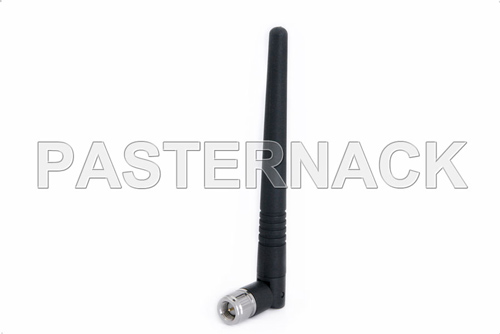 Effective, or equivalent, isotropically radiated power (EIRP) is a measurement of the optimum power that can be radiated from an antenna from a particular transmitter. Most often conveyed as either decibels (dB), or decibels over isotropic (dBi), EIRP is used to gauge the maximum possible radiation from an RF system, either for standards purposes or for specification. With an isotropic radiator, the radiation is emitted as a point source with a spherical radiation pattern. This means that the maximum radiated power at any point of the emission pattern of an isotropic radiator are equivalent.
Effective, or equivalent, isotropically radiated power (EIRP) is a measurement of the optimum power that can be radiated from an antenna from a particular transmitter. Most often conveyed as either decibels (dB), or decibels over isotropic (dBi), EIRP is used to gauge the maximum possible radiation from an RF system, either for standards purposes or for specification. With an isotropic radiator, the radiation is emitted as a point source with a spherical radiation pattern. This means that the maximum radiated power at any point of the emission pattern of an isotropic radiator are equivalent.
There are two main factors for EIRP, the total radiated power and the gain of the antenna based on the antenna pattern. The same transmitter with antennas with different antenna gains will present different EIRP results. Conversely, transmitters with different power outputs operating on the same antenna will also present different EIRP results. For example, a 100 watt transmitter with an antenna with a gain of 4 (6 dBi) will have the same EIRP as a 400 watt transmitter with an antenna having a gain of 1 (0 dBi). It is important to note, with EIRP, the isotropic radiated antenna is hypothetical, and not a practically realizable antenna pattern. Hence, EIRP is a theoretical maximum.
EIRP is sometimes confused with effective radiated power (ERP), which is defined by the IEEE as the radiated power of the main lobe of a half-wave dipole antenna. A half-wave dipole demonstrates an antenna gain in the main lobe of 1.64 times that of an isotropic radiator, or 2.15 dB. Hence, EIRP and ERP are related, as EIRP will be 1.64 times, or 2.15 dB greater, than ERP for the same RF system.
Other factors can also be included in an EIRP and ERP calculations to improve the accuracy of the approximations. For example, the loss of the cabling, connectors, switches, circulators, and etc., from the transmitter to the antenna can be included. Also, the mismatch between the antenna, interconnect, and transmitter output stage could also be accounted for greater accuracy.
Polarization is not accounted for with EIRP or ERP, and a system designer must account for polarization loss when positioning real antenna systems. If not, polarization loss can be as much as 3dB for linearly polarized antenna, to theoretically 100% loss with circularly polarized antenna.
For your convenience, you can use the Pasternack EIRP Calculator found at this link:
https://www.pasternack.com/t-calculator-eirp.aspx




 Pasternack Blog
Pasternack Blog
